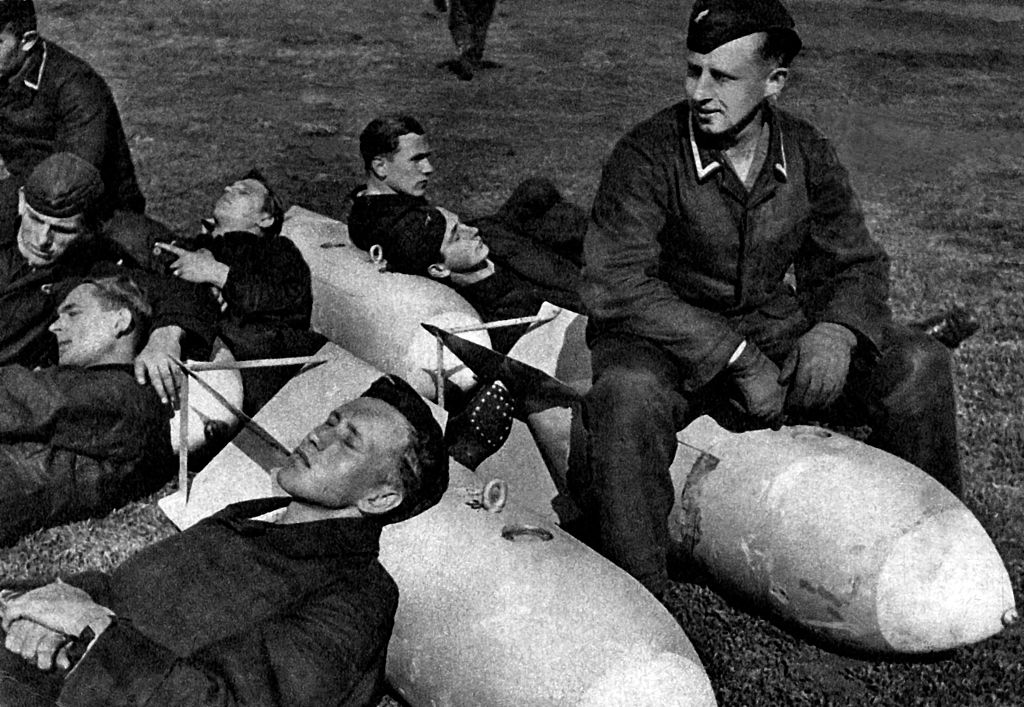Trieste should leverage its comparative advantages as Europe’s entrepôt to Indo-Pacific and as a city of science to become a leading applied science innovation hub.
A spectre is haunting Europe — the spectre of technological stagnation. As the recent report by Mario Draghi lays out, Europe’s high-tech industry is weak relative to its peers and lacks a capacity for radical innovation. Draghi’s report underscores the need for a bold approach, including the creation of new centres of technological advancement.
Enter Trieste: a city ready to play a transformative role in bridging the gap between Europe and other global innovation leaders. More than just an Italian port, the city — with unique attributes as a trans-continental trade and transport hub, a cultural melting pot, and one of Europe’s leading science and literary cities — is well positioned to answer Europe’s call to close the innovation gap with America and Asia by becoming a hub of innovation, housing a much-needed Europe cutting-edge tech and research park.
This is far from a fanciful idea. Trieste in its heyday was not only the marine gateway for the Austro-Hungarian Empire but also one of its leading innovation hubs, particularly in ship-borne commerce. This scientific legacy lives on today — it remains one of Europe’s leading science and literary centres. As a “city of science”, it houses over 30 research institutions ranked among the most important in Europe, including SISSA (International School for Advanced Studies), the Elettra Sincrotrone Research Centre, International Centre for Theoretical Physics (ICTP), the International Centre for Genetic Engineering and Biotechnology, the Centre of Molecular Biomedicine, and so forth. Likewise, Trieste possesses the highest density of researchers in the continent, focusing on everything from mathematics and physics to biotechnology and medical sciences.
The city, with strong support from Rome and Brussels, is thus ideally situated to expand its rich reputation as a “city of science” to also become a “city of applied science and innovation” — capable of leading European ingenuity to a new era.
But Trieste’s has other advantages that make it stand out compared to its peers. It boasts the best transport networks of any Mediterranean port, spanning the industrial heartland of Europe, making it the leading candidate to become Europe’s entrepôt to the Indo-Pacific. Both domestic and international policymakers and investors are taking notice. More broadly, Trieste’s long commercial history is matched by the city’s extraordinary cultural tapestry, drawing on threads from Trento to Timisoara. Its literary history is extraordinary. Italian Nobel Laureate Eugenio Montale called it the “city that derived its glory from its writers.” The likes of James Joyce, Italo Svevo, Richard Francis Burton, Umberto Saba, Claudio Magris, and Jan Morris have called it home. Joyce, impressed by the city’s thriving Latin, Germanic and Slavic ethnic, financial and cultural cross currents, termed it Europiccola — Europe in miniature/microcosm.
It is only fitting then that this city, as a microcosm of the Europe and an avatar of the European spirit, should seize this opportunity to become a leader of the continent’s renewal, including and especially in technological and scientific discovery. With the right amount of support from policymakers, especially those in Brussels, the combination of trade and innovation at Trieste will boost industries across Southern, Central, and Eastern Europe — from logistics and shipping to advanced manufacturing and tech-driven solutions — and attract investment, talent, and international partnerships.
To grow Trieste into a leading innovation hub, a multi-faceted strategy is needed informed by successful models, strengthened by strategic collaboration and facilitated by business and regulatory environment. Three key measures stand out.
First, Trieste should take applicable lessons from the performance of the Stanford Science-Research Park — arguably one of the world’s most successful endeavors in combining academia with innovation. Stanford University, through strategic partnership and planning, created an environment conducive to innovation and market application, giving rise to the famed Silicon Valley and world-renown companies such as Hewlett-Packard, Google, Apple, and so forth. The strategic development of Stanford farmland to attract and house tech companies and investments firms played an important role in the rise of the Silicon Valley.
Trieste may consider dedicating part of its obsolete and underused port infrastructure and land to play a role similar in attracting actors conducive to innovation and investments. Synergies between a thriving free port and an innovation friendly science park would lend itself to a dynamic ecosystem, linking scientific to real-world applications, attracting investors, researchers, and tech companies eager to take advantage of Trieste’s scientific spirit and strategic position.
Second, Trieste should build on its comparative advantage of being the European entrepôt to Indo-Pacific, bolstering its commercial connections with strategic collaboration in science, technology and investments. India’s booming tech sector and quality engineering and management education make it an ideal partner for Trieste. Collaborating with the Indian Institutes of Technology (IITs) and Indian Institutes of Management (IIMs), Trieste could connect its rich scientific capabilities with India’s entrepreneurial dynamism. Similarly, Israel’s innovative spirit and cutting-edge technologies would greatly enhance Trieste’s existing attributes. Collaborations between the Technion – Israel Institute for Technology and Trieste’s home institutions would give rise to a powerhouse of science and innovation in the Eastern Mediterranean.
Third, Trieste needs to attract investors to fund the market application of new technologies. This calls for fostering an investor-friendly business and regulatory environment that attracts both European and friendly foreign investment. This could include the creation of a regulatory sandbox in Trieste, allowing for testing of new innovations and processes. This concept aligns well with Trieste’s free port tradition. By extending this tradition into technology, innovation, and investment, Trieste can well be on its way to playing a key role in the Draghi report’s call to enhanced European commitment to innovation economy.
Italian Prime Minister Giorgia Meloni, at the recent annual assembly of Confindustria, Italy’s leading association for manufacturing and services, called the projected growth in Indo-Mediterranean trade and commerce “crucial” to Italy’s future. Trieste has a consequential part to play in both anchoring Italy’s trade, technology, and investment partnership across the Indo-Mediterranean region, but also to parlay these linkages across the heart of Europe. By becoming southern Europe’s leading maritime and innovation hub, Trieste can not only restore European ingenuity to prominence, but fortify the solidarity of free and open people in Europe and Indo-Pacific.
Kaush Arha is president of the Free & Open Indo-Pacific Forum and a nonresident senior fellow at the Atlantic Council and the Krach Institute for Tech Diplomacy at Purdue.
Carlos Roa is a Visiting Fellow at the Danube Institute and an Associate Washington Fellow at the Institute for Peace and Diplomacy. He is the former executive editor of The National Interest and remains a contributing editor of that publication.





Let’s give Austria-Hungary a chance – Europe needs some Habsburg values